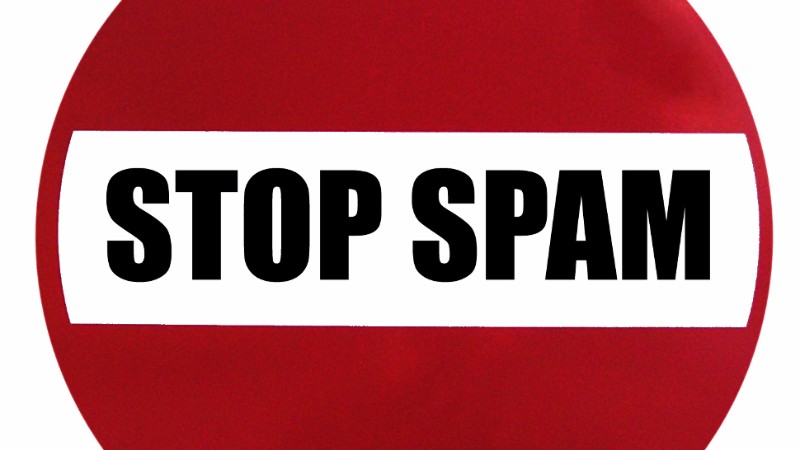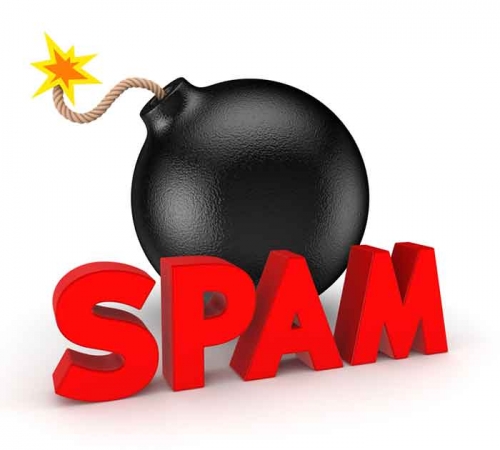Semalt Provides Step-By-Step Instruction On How To Eliminate Google Analytics Spam

There is a general concern about traffic spam appearing in Google Analytics. In the following article, Max Bell, the Semalt Customer Success Manager, delves into what traffic spam refers to, what it means for your site, and actions one can take to remedy the problem.
Google Analytics Spam
Referrer spam appears in the "Referrals" and "Pageview" section of Google Analytics. It depends on the type of spam directed to your site. They do not represent actual visits by people, and it is easy to spot some of them as they use suspicious URLs. Spam that appears on your analytics will take either of the two forms:
- Ghost Referrer Spam. The measurement protocol is a loophole in Google Analytics functions, which allows its developers to capture user activity when offline, or on new site environments. Developers can, therefore, send information to GA directly without having to visit the site. It becomes impossible to block the ghost referrers using the .htaccess file as they do not physically access the site. The .htaccess file is a method used to remove specific domains used to visit the site. A better way to remove ghost referrers is to filter them in Google Analytics so that it reflects data from valid hostnames.
- Crawler Referral Spam. It is mostly the work of bots that visit the site, defy the rules set down in the robots.txt file, and end up in Google Analytics reports as part of the traffic. These bots visit the site repetitively in a short span, which consequently results in unrealistic peaks and valleys in traffic. For this type of spam, you can use the .htaccess file to block the bots' specific domains. Alternatively, use the filter method to exclude specific referral sources from showing up in GA reports.

What is the point of doing this?
The point of having bots visit the site repetitively is to show up in the GA reports. Their main aim is to have their domains appear in the list of referrers. When these links appear on the report, they spark the curiosity of the owner, wanting to see why they bring so much traffic. Immediately you click on the link, you record as a visitor on their site. Experts advise website owners not to click on unfamiliar links as they may also act as mediators for computer viruses.
Adverse effects of spam traffic on a site
Spam traffic does not have that much of a negative impact on the site. For Ghost referrals, they never even reach the website so that bots will be there momentarily. However, profound implications are on the report statistics. Spam traffic will cloud the view of a marketer as to the specifics of the site such as the visitor trends regarding content quality, how they interact with it, the best ways to engage them.
Spam traffic will also affect the bounce rates as they return a 100% bounce rate, making it look higher than it could be in reality. Nevertheless, it will not affect your overall ranking on the search results page since Google does not take into account any of the Google Analytics details as they determine rankings.
Are there any benefits accrued on the site from spam traffic?
There is no benefit that spam traffic brings to the website or Analytics in general unless you like seeing an exaggerated increase in page views.
Getting rid of spam traffic
Begin by creating a new "View" in Google Analytics to ensure that you do not filter some actual traffic. Always have an original view to act as a source of raw data, as well as a backup in case something goes wrong. Click on the "View" tab from the Admin section of your profile. A drop-down menu appears and "create view." Add the website, an appropriate time zone, and complete creation of the new view. Click on "Home" to select the view you wish to apply the filter.
The next step is to identify which hostnames are valid and those that are not. You can do this by selecting from a list that you can access from the original view. Follow the sequence (Audience >Technology>Network>Hostname).
It is now time to create a new filter for Ghost referrals. Choose the newly created view and select "Filters," where a prompt to add a new one will appear. Give the new filter a name, and ensure that it is "Custom." Check the box to "Include" and select "Hostname" from the drop-down menu in the "Filter Field." Insert all your valid hostname in the filter pattern separated by | without any space. The * before any domain should help capture any subdomains within it. Click save and exit.

For the Crawler Referrals, create a custom filter and select "Exclude." Select "Campaign Source" from the "Filter Field." The "Filter Pattern" should contain the list of identified spammy domains.
Finally, there is a need to remove traffic from good bots such as Google bot since its activities on the site might also appear on the Analytics traffic. Under the new view created, select settings where there is an option at the bottom to filter all known bots and spider. Check the box, and you are set to go.